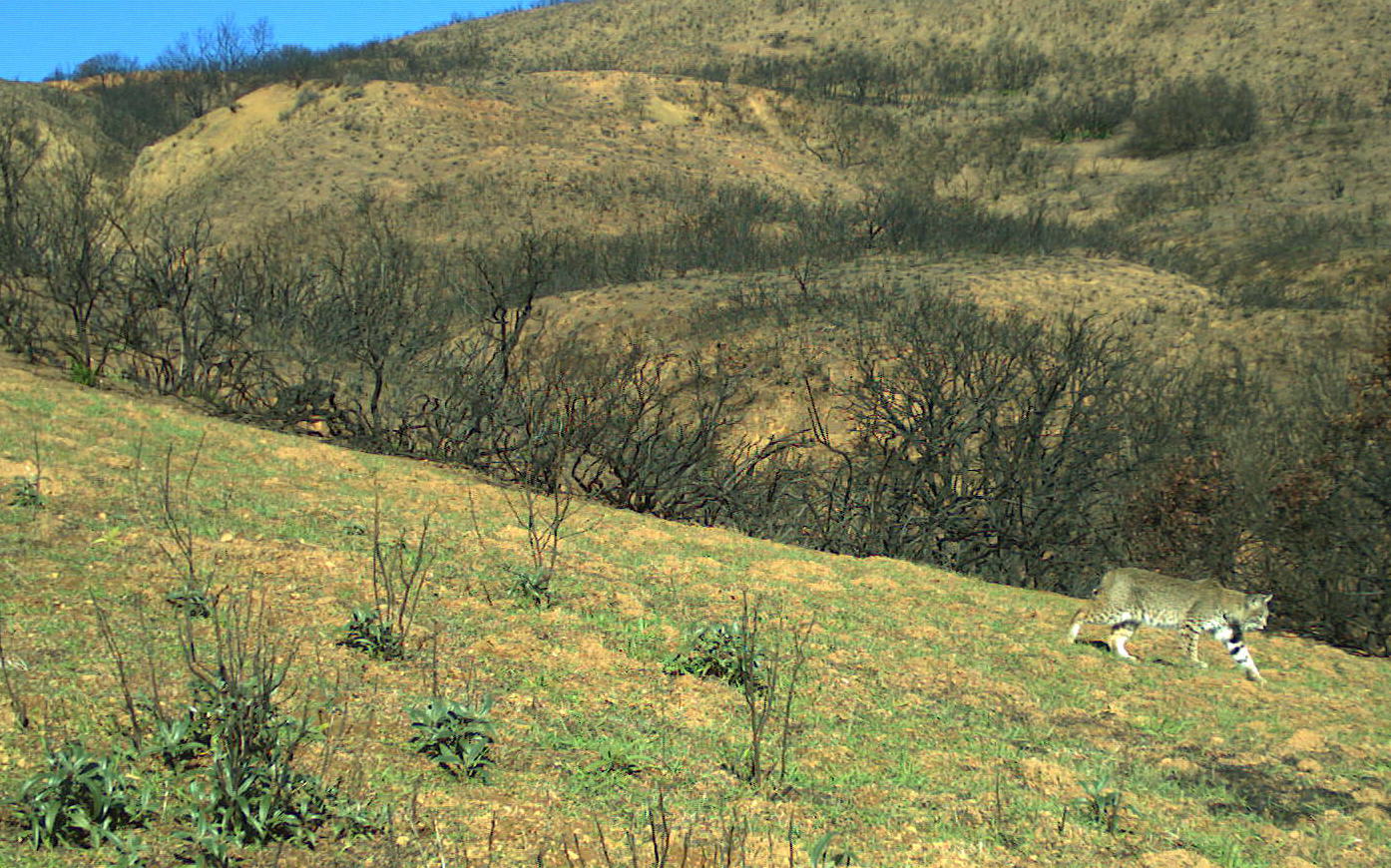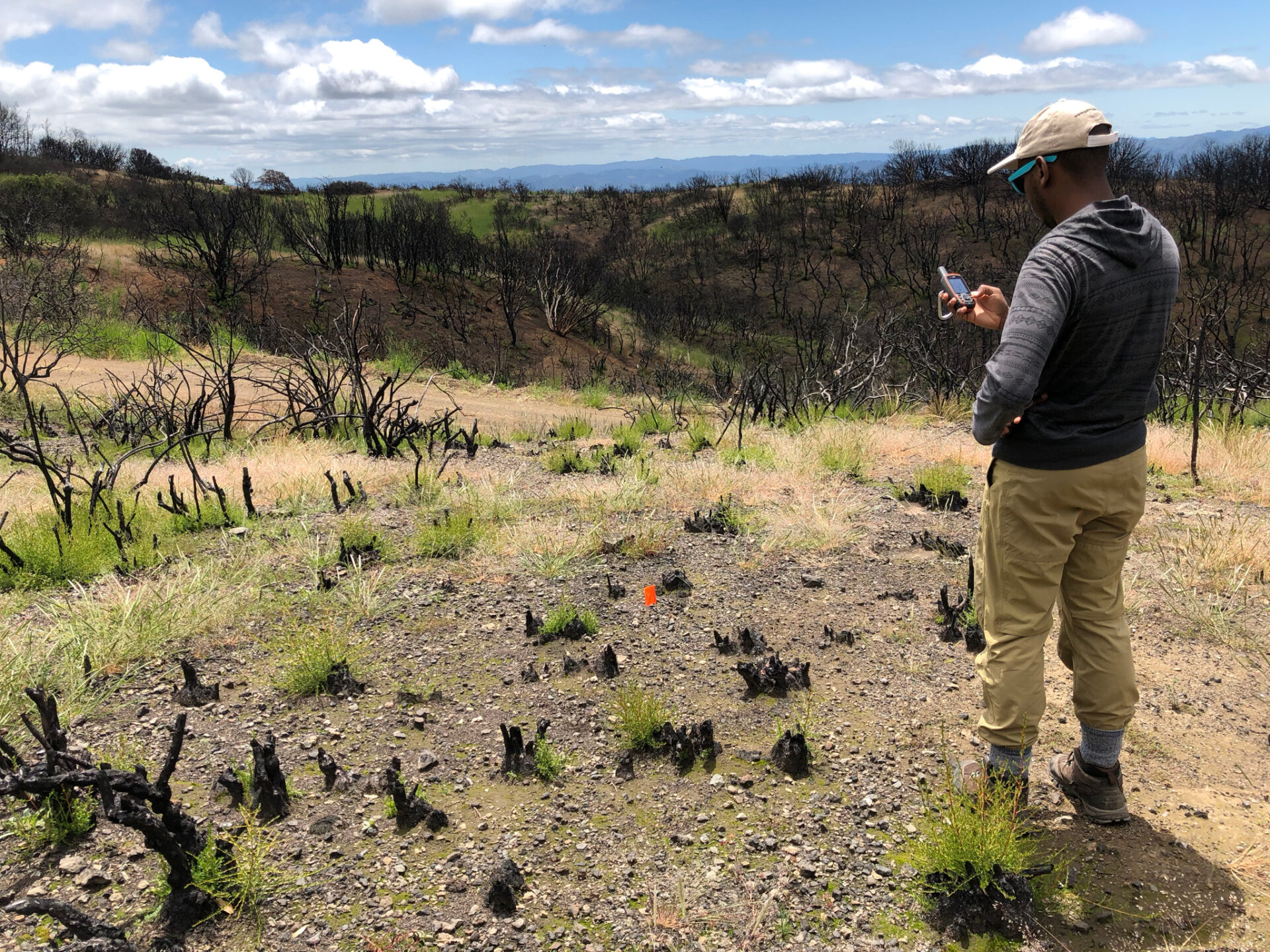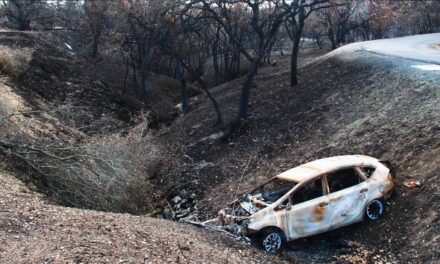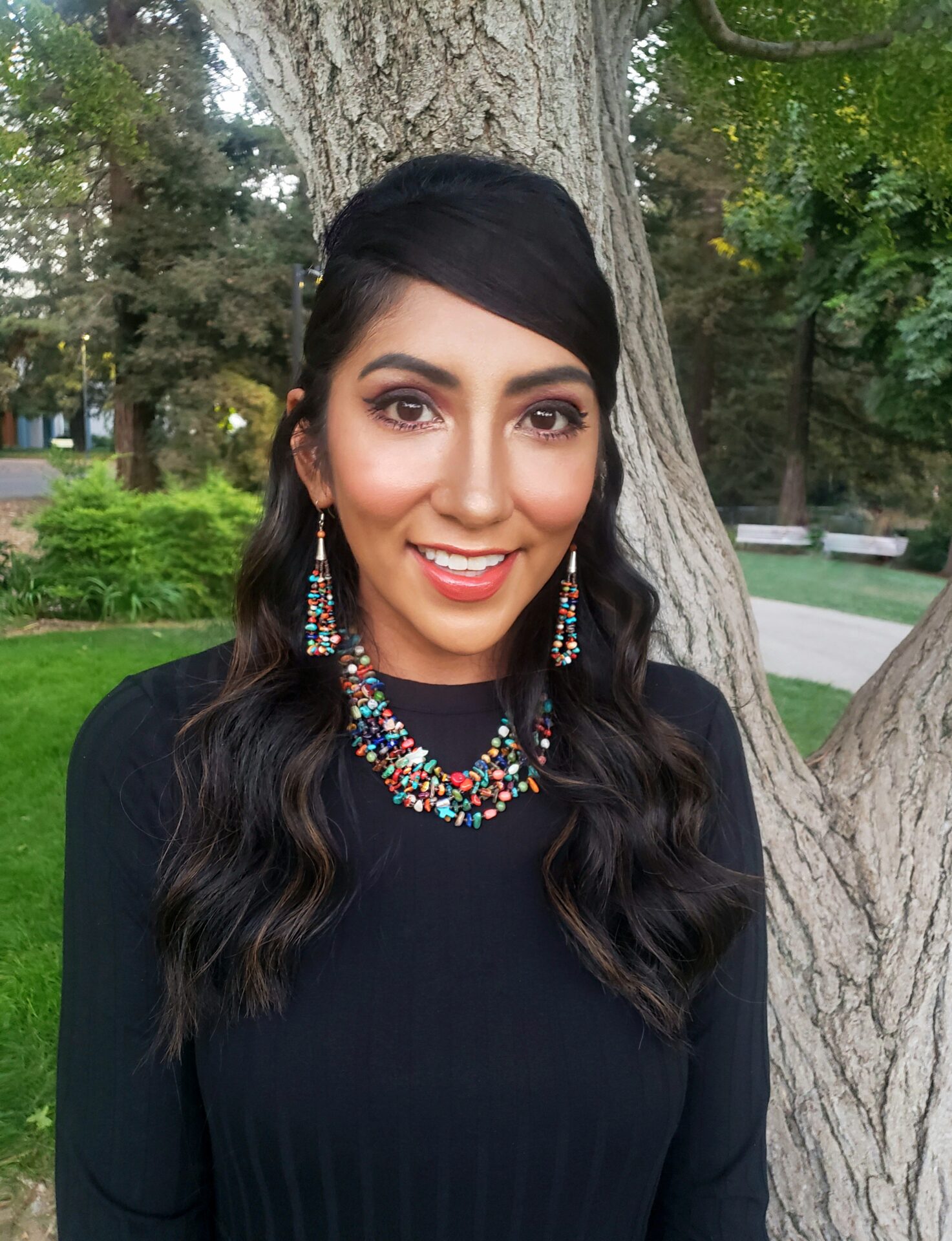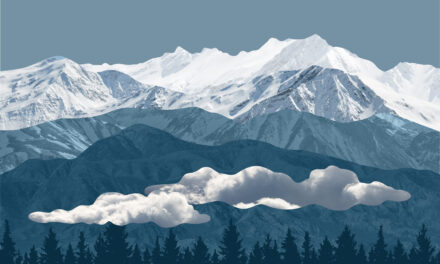Wildlife Rolls With Wildfire
Imagine a Mad Max-style wasteland, ravaged by wildfire — but populated by a scene straight out of Disney’s Snow White: foxes, jackrabbits, and other woodland fauna frolicking around as usual. That’s what Kendall Calhoun, PhD candidate and researcher at UC Berkeley’s Brashares lab, was surprised to see just months after one of California’s biggest megafires. Even when our iconic oak trees and grassland savannas go up in flames, these mammals are tougher than you might think.
The 2018 Mendocino Complex Fire raged across large swaths of Northern California, including the 5,300-acre UC Hopland Research and Extension Center located on the Russian River. “It was really scary,” Calhoun says, “because people live on site. There was a big rush to evacuate. The fire ended up burning more than half of the area.”
His July 2023 study in the journal Ecosphere, one of the first to examine wildlife before and after a megafire, revealed that most species of small- and medium-sized mammal showed “strong resistance” to the effects of the Mendocino fire. Using 36 motion-sensor camera traps, his team captured over half a million snapshots from March 2016, more than two years before the fire, and December 2020, more than two years after. They found that coyotes, black-tailed jackrabbits, gray foxes, racoons, striped skunks, and bobcats returned to the area at the same frequency pre- and post-fire.
Dr. Kendall Calhoun checking a monitoring camera in Sonoma. Photo: Jackie Mara Beck, Brashares Lab, UC Berkeley.
The team’s theory is that even small remnants of tree cover provide sufficient food and resources for these species to survive an otherwise barren landscape. Professor Justin Brashares, the head of Calhoun’s lab, explains, “Even this incredibly hot and devastating fire still managed to leave behind little unburnt patches. We were surprised at how quickly many species were able to move into those habitat patches and then spread back out into the burned areas as they recovered.”
All of this is a valuable lesson for environmental scientists and policymakers. “Our main policy solution for a while was to suppress all fires, but that has created some paradoxical problems,” says Calhoun. “Now we have many high fuel load areas that are ready to burn, especially since climate change is making weather events more extreme.” His team recommends shifting to preventative techniques like grazing or prescribed burning, which reduce wildfire intensity while retaining these vital oases of tree canopy.
Calhoun uses a GPS unit to take some location fixes at the Hopland field site ten months after the fire. Photo: Adam Langton Burnell, Brashares Lab, UC Berkeley.
Not all species in Calhoun’s study were so quick to adapt to the fires. Western gray squirrels and black-tailed deer proved slower to return to the area, with squirrels struggling especially because they spend the majority of their time in trees. And Calhoun suspects that apex predators like black bears and mountain lions could take even longer to recover. “There’s a lot of research coming out now that suggests that climate change might exacerbate conflicts between wildlife and people, because we’re both increasingly dependent on fewer and fewer resources that are burned or dried out by drought and fire. I’d love to investigate if, for example, the San Jose fires have been pushing animals into urban spaces.”
Calhoun says that continuing to study the after-effects of wildfires can help California improve wildfire policies over time. “Another project I’m trying to kick off is a region-wide monitoring project, so we’ll be able to predict how animals will respond to future fires. California’s ecosystem has already adapted to account for wildfire — we just have to learn to coexist with it.”
Other Recent Posts
Slow Progress on Shade For California’s Hottest Desert Towns
Coachella Valley communities face record temperatures with little shade. Policy changes lag as local groups push for heat equity.
In Uncertain Times, the Port of Oakland Goes Electric
A $322M grant powers Oakland’s port electrification — cleaning air, cutting emissions, and investing in community justice.
Testing Adaptation Limits: Mariposa Trails, Marin Roads & San Francisco Greenspace
In KneeDeep’s new column, The Practice, we daylight how designers, engineers and planners are helping communities adapt to a changing climate.
ReaderBoard
Once a month we share reader announcements: jobs, events, reports, and more.
Boxes of Mud Could Tell a Hopeful Sediment Story
Scientists are testing whether dredged sediment placed in nearby shallows can help our wetlands keep pace with rising seas. Tiny tracers may reveal the answer.
“I Invite Everyone To Be a Scientist”
Plant tissue culture can help endangered species adapt to climate change. Amateur plant biologist Jasmine Neal’s community lab could make this tech more accessible.
How To Explain Extreme Weather Without the Fear Factor
Fear-based messaging about extreme weather can backfire. Here are some simple metaphors to explain climate change.
Live Near a Tiny Library? Join Our Citizen Marketing Campaign
KneeDeep asks readers to place paper zines in tiny street libraries to help us reach new folks.
Join KneeDeep Times for Lightning Talks with 8 Local Reporters at SF Climate Week
Lightning Talks with 8 Reporters for SF Climate Week
Staying Wise About Fire – 5 Years Post-CZU
As insurance companies pull out and wildfire seasons intensify, Santa Cruz County residents navigate the complexities of staying fire-ready.






